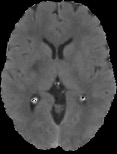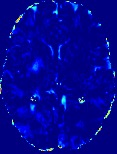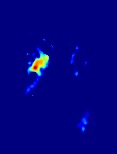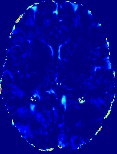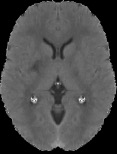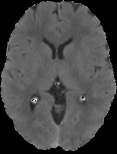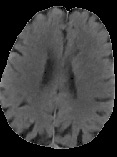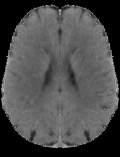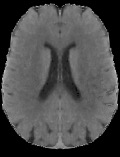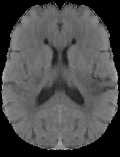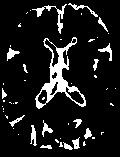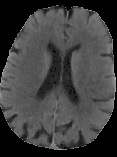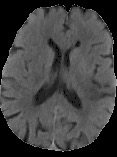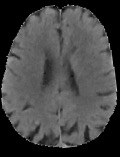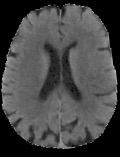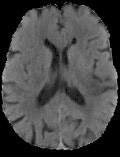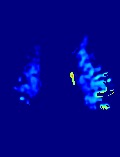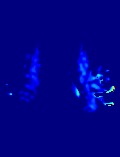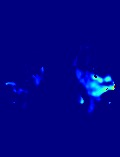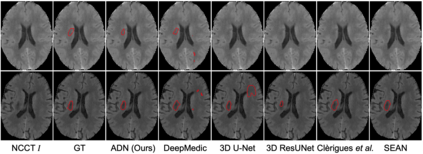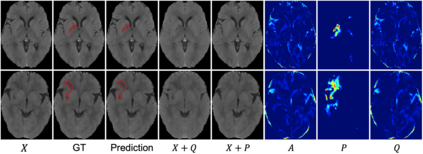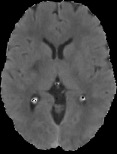Accurate infarct segmentation in non-contrast CT (NCCT) images is a crucial step toward computer-aided acute ischemic stroke (AIS) assessment. In clinical practice, bilateral symmetric comparison of brain hemispheres is usually used to locate pathological abnormalities. Recent research has explored asymmetries to assist with AIS segmentation. However, most previous symmetry-based work mixed different types of asymmetries when evaluating their contribution to AIS. In this paper, we propose a novel Asymmetry Disentanglement Network (ADN) to automatically separate pathological asymmetries and intrinsic anatomical asymmetries in NCCTs for more effective and interpretable AIS segmentation. ADN first performs asymmetry disentanglement based on input NCCTs, which produces different types of 3D asymmetry maps. Then a synthetic, intrinsic-asymmetry-compensated and pathology-asymmetry-salient NCCT volume is generated and later used as input to a segmentation network. The training of ADN incorporates domain knowledge and adopts a tissue-type aware regularization loss function to encourage clinically-meaningful pathological asymmetry extraction. Coupled with an unsupervised 3D transformation network, ADN achieves state-of-the-art AIS segmentation performance on a public NCCT dataset. In addition to the superior performance, we believe the learned clinically-interpretable asymmetry maps can also provide insights towards a better understanding of AIS assessment. Our code is available at https://github.com/nihaomiao/MICCAI22_ADN.
翻译:在临床实践中,对大脑半球的双边对称比较通常用于定位病态异常。最近的研究探索了协助 AIS 分割的不对称性。然而,大多数先前的对称性工作在评价其对 AIS 的贡献时混合了不同种类的不对称性。在本文中,我们提议建立一个新型的Asymizal Contracting Network(ADN),以自动分离由计算机辅助的急性心血管中风(AIS)评估。在临床实践中,对脑半球的双边对称性比较通常用于定位病态异常。最近的研究探索了协助 AIS 分割的不对称性。然而,大多数以前基于对称性的工作在评价其对 AIS 的贡献时混合了不同种类的不对称性。随后,产生了一个合成的、内在的对称性与病态对称性对称 NC 解析(ADNDN) 解析性(ADNC) 自动地分解剖性图和内在的解剖性非亚性分析性能。ADNIS 数据分析中,我们现有的内地缩缩性分析性分析性分析性数据,可以提供一种不易变现性的数据。

